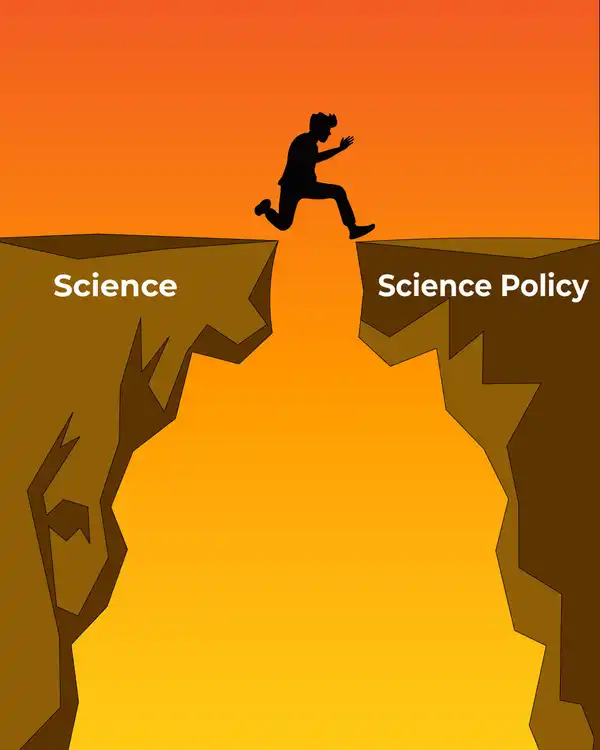
Three Indian Nobel Prize winners and their remarkable contribution to medical science
These three scientists played a significant role in helping us understand some of the fundamentals in human biology and pathology.

The COVID 19 pandemic certainly called for a global reorganization of the health care, economic and social system. The year 2020 was therefore a year of large scale policy making. Intergovernmental organizations (IGOs) like the WHO, and the various national governments produced thousands of policies to secure the public health and economy. Be it the designation of hospitals to receive COVID patients, or the protection of the health of the frontline workers, or the execution of containment measures like the closing of educational institutes and shopping centres, or measures to prevent spread, like the usage of masks - policy makers were churning out policies by the hour.
But an important question that we must be asking here, is how many of these policies were actually based on solid scientific research? Do the COVID 19 related policies have a strong scientific foundation? A research (Yin et al., 2021) led by the Northwestern University, USA, is here to shed some light on this.
So what exactly do we mean by a policy? A policy essentially refers to a distinct path of action that guides decision making. The term largely applies to the government, public sector organizations and related groups. For example, if a government passes a Violence Against Women Act, this is reflective of a government policy that lays emphasis on protection for women.
Now when it comes to science, policies mostly revolve around public health, science education, ethics, communication and social impact, to name a few. It is almost needless to emphasize here that our science policy makers have a fair literacy in science, economics and politics. However despite this, there is substantial concern that policy makers may rely on unverified and sometimes incorrect scientific results.
But why this concern? Let’s take a look at the COVID 19 situation for example. Preprint servers, which give access to research papers that have not yet passed the peer review process, have played a massive role (Zastrow, 2020) in disseminating COVID 19 research. Indeed this makes science open and available to one and all. However, many of these papers do not make it through the review process. Also many papers that do pass the review, may be retracted at a later point due to inaccuracies in results. Now in the age of miscommunication, these less robust scientific results may seep into policy documents, finally affecting government decisions.
In fact according to a ‘two community’ theory (Caplan, 2007), there exists a great disconnect between scientists and policy makers, which translates into a substantial gap between research and policy.
A recent research published in the journal Science, explores how COVID 19 science affected policy (Yin et al., 2021) making in government agencies, think tanks and IGOs. To this end they accessed data from two large scale databases - Overton - which records policy documents from government agencies, think tanks and IGOs from across the globe, and Dimensions - which records publications and citations. They matched over 7000 COVID 19 related policy documents published between January and May 2020, with the 40000 odd COVID 19 related research papers that were published in the same period. Their preliminary analysis showed two main results:
So the real question here is, did the COVID 19 policies have a strong scientific foundation? To understand this the group performed an in depth analysis of the policies, and the associated research papers, and found some very interesting results:
In short, we see that not only was there an increase in the number of COVID 19 policies with time, but a significant fraction of the policies cited latest, peer reviewed publications, which themselves were highly cited in scientific literature. It however needs to be noted here that this tells us only about the COVID 19 policies that came out between January and May 2020. But it still gives us a fair idea about the general trend when it comes to science and policy making in the COVID 19 scenario.
Science policies play a chief role in ensuring public health, but the widespread dissemination of incorrect or falsified science can pose a serious challenge in effective science policy creation. Research such as this, helps keep us informed about the scientific basis of all the science policies - policies, which directly impact us, in the form of government imposed laws, rules and guidelines. It can also act as an important yardstick for future policy making. Knowing that our science policies are grounded in quality science is no doubt an incredible silver lining in the current COVID crisis.